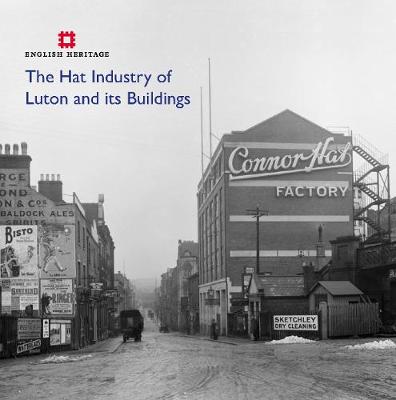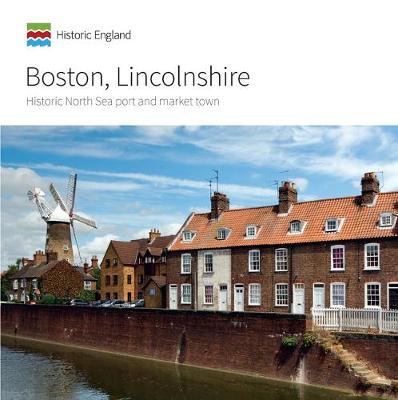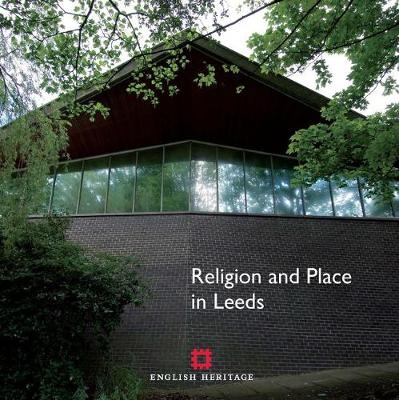Informed Conservation
3 total works
The Hat Industry of Luton and its Buildings
by Katie Carmichael, David McOmish, and David Grech
Although perhaps best known today as the home of Vauxhall Motors, Luton's industrial roots run much deeper. Long before it became associated with motor cars, Luton was the centre of ladies' hat production in this country - a success founded upon the earlier regional industry of straw-plaiting. Many surrounding towns and villages fed into the industry and helped to make the region globally renowned. At its peak in the 1930s, the region was producing as many as 70 million hats in a single year; however, it entered a rapid decline following the Second World War from which it never recovered. This has left Luton, Dunstable and a number of other local towns with a challenging inheritance of neglected and decaying fragments of a once vital industry.
This book is intended to be an introduction and guide to the area's historical depth and to its distinctive and varied character, seeking to explain the development of the region as the centre of the hatting industry in the south and exploring the lives of the people working there during the nineteenth and early twentieth centuries. The historic links between the surviving building stock and the hatting industry are assessed and the book highlights the significance of the surviving fabric and the potential of the historic environment within future conservation and regeneration plans.
Boston, Lincolnshire
by John Minnis, Katie Carmichael, Clive Fletcher, and Mary Anderson
This book examines the history of Boston in Lincolnshire as reflected in its buildings and townscape from medieval times to the present day. Boston has a position as an important market from medieval times and as a major port with links with Europe and America. The homes and warehouses of its citizens show the evidence of this.
Boston's religious and public buildings are discussed, and its physical expansion throughout the 19th and into the 20th century are examined. Other important influences on the town's development include fen drainage, the role of agriculture and manufacturing, and transport links. Bringing the story up to date, problems created by the town's remoteness from large centres of population, a low-wage agricultural economy and the impact of 1970s redevelopment are discussed, where they have affected the physical appearance of the town.
A final chapter looks at how successful regeneration projects have been in Boston and how these can be built upon to promote a more prosperous future for the town that recognises the important role heritage can play in achieving it.
Religious and cultural diversity has been a key feature of the city of Leeds for almost 200 years and has resulted in the building of many fine churches, chapels and synagogues; these are now joined by mosques, gurdwaras and a mandir. Tracing the architectural response to the changing conditions of the inner city and suburbs, this book examines the buildings associated with the groups of newcomers to Leeds, thus charting a great change in the city's religious life. It is suggested that both the brand-new purpose-built places of worship and the way in which existing buildings have been adapted also reveal significant continuities with how Christian groups expanded in the 19th century. The alterations made to Leeds' churches to adapt them to changing liturgical requirements and to the pastoral and social requirements of the present day are discussed.
The context of the architectural expression of faith in Leeds in the 20th and early 21st centuries will also assist those concerned with the conservation of places of worship.


